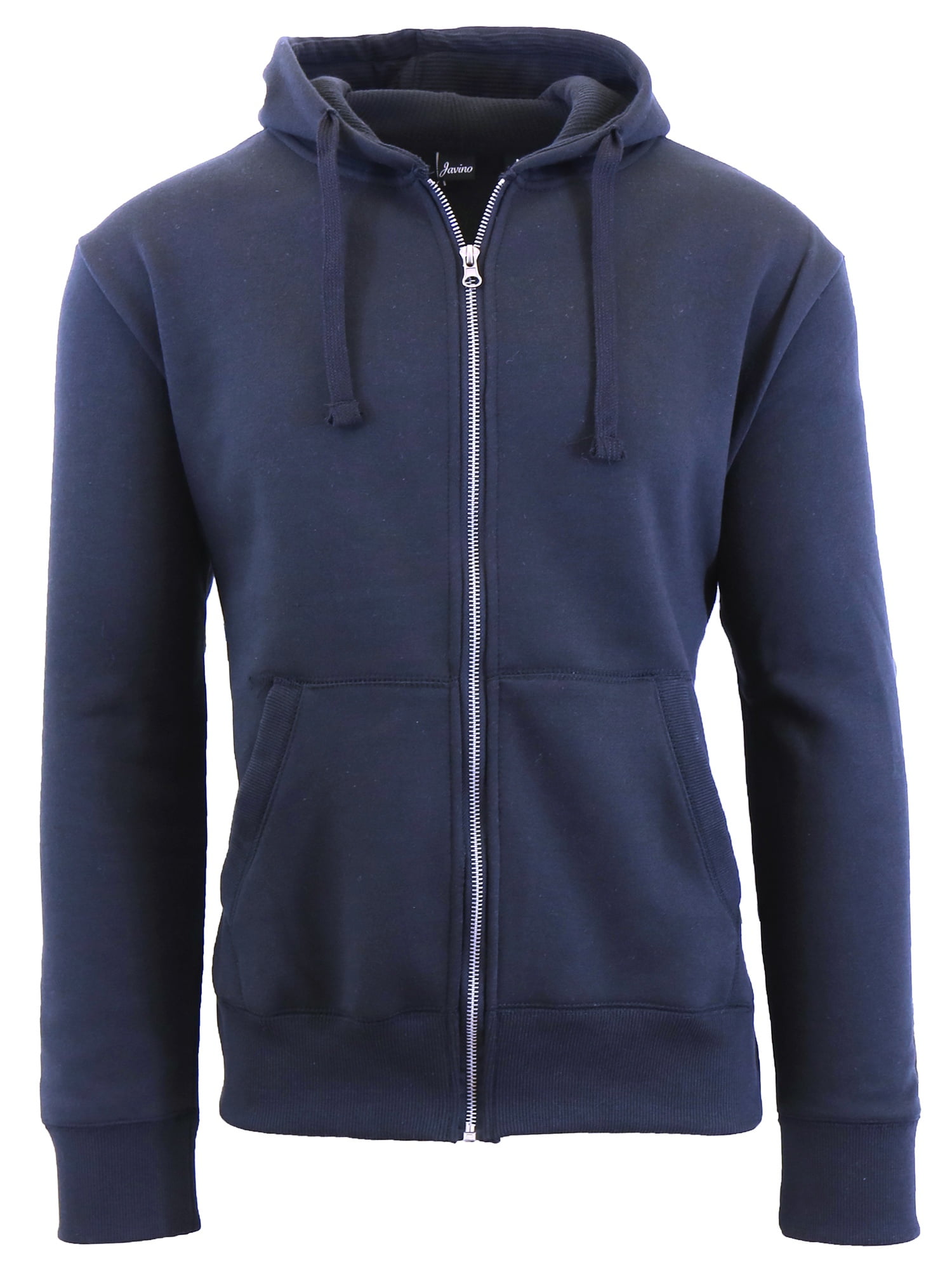Sweatshirts are long-sleeved pullover tops that are constructed from thick cotton fabric. sweat shirts are usually worn casually but aren't as dressy as sweaters or cardigans. They may not have an hood. If you are interested in buying a sweatshirt here are some tips:
Norma Kamali sparked the appeal of sweatshirts
Since the mid-70s the Norma Kamali brand has been transforming the simple sweatshirt into an art. Her designs have become an essential part of all women's wardrobes. Her distinctive designs vary from a tummy-tucking crew neck to leather-paneled sweatshirts. Her clothing is also designed in unusual designs, like an oversized tank top that has an extended trumpet skirt.
A collaboration between the designer and the sweatshirt maker Everlast resulted in her Timeless line, which was an instant hit when it appeared in the Spiegel spring 2006 catalog. The collection featured convertible and interchangeable knits with classic designs, and many pieces were priced under $20. Even the Norma Kamali's Timeless collection wasn't available in stores, fans could still find these pieces through eBay and Poshmark.
Merino wool sweatshirts are more comfortable than sweatshirts with soft fabrics.
Merino wool is renowned for its ability to wick moisture away that help keep you comfortable and dry. It is a natural fiber and also offers a more comfortable feel. The fabric is also quick to dry compared to other natural substances. Additionally, merino is a renewable resource. Merino sheep shed their coats each year, and then grow new coats.
Merino's weight-to-heat ratio is high, and the warmth of wool is what makes it a popular choice for sweatshirts . It assists in regulating body temperature due to its loft that naturally traps heat between the fibers. This is the reason Merino wool sweatshirt s are perfect for outdoor and summer activities like mountain biking, hiking and running. The warmth it provides keeps the wearer cool and dry, which is important for working out.
Zip-front hoodies feature kangaroo pockets.
Kangaroo pocket Hoodies are a well-loved style of hoodies. These hoodies have a large pocket at the front that keeps your hands warm during cold days. They're additionally more practical than conventional pockets, since they allow your hands to slide in and out easily.
The pockets of Kangaroos are typically big enough to accommodate a wallet or some other personal items. They're usually long enough to fit one hand in a smaller size or even sufficient to hold two hands. They are wide on either side and make them ideal for carrying small items.
French terry fabric is a very popular material for sweatshirts

The French terry fabric is made of soft yarns that are knitted into loops and are usually midweight. It is also noted for its ability to wick moisture and is pre-shrunk. French Terry is an excellent option for sweatshirts since it keeps you warm when you need it and also keeps you cool when you need to cool off.
French Terry is also very popular for casual wear, as it is stretchy and has enough flexibility to feel good on your skin. It also allows for enough air to circulate through the fabric, making it ideal for layering under other clothes. Additionally, since it's lighter than other sweatshirts you can wear it all through the year without feeling too warm or cold.
Hoodies have classist connotations
While it may seem that hoodies are an appropriate clothing item for people of the working class, the reality is that they have a classist connotation. Hoodies first became used in the early 70s New York, where graffiti artists would wear them to conceal their identities. In 1976, hoodies made their major film debut in "Rocky," when the protagonist of the film was a working class man in gray sweats that were hooded during his memorable climb to the top of the steps of the Philadelphia Museum of Art.
Hoodies are frequently associated with destruction, death and other unpleasant items, yet they serve a practical purpose. For example, monks and priests may wear hoods to show the proper manner of dress and to focus on their inner self.
